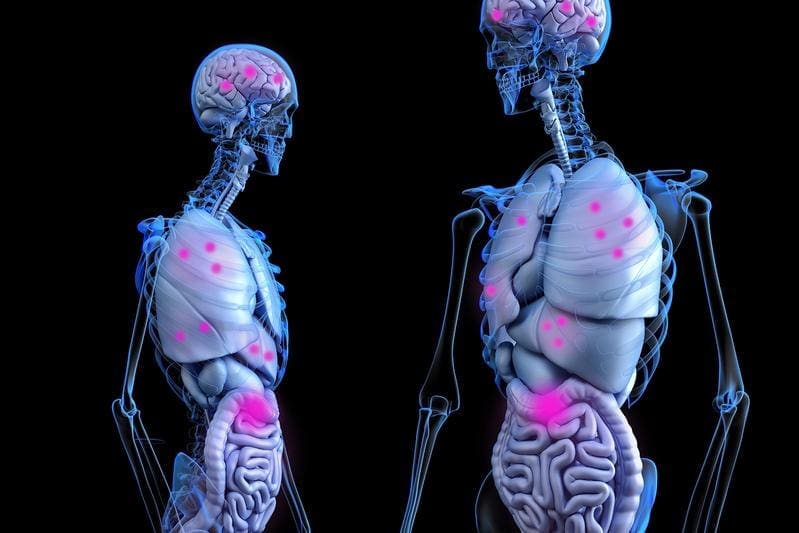Tumor detection with label-free microscopy and neural networks
Pancreatic neuroendocrine neoplasms (PNEN) is a rare type of cancer that affects the hormone-producing cells of the pancreas. Although they are rare, their incidence has steadily increased in recent decades. Treatment options include chemotherapy and targeted therapies, but surgery remains the only chance of recovery. However, surgical decisions often depend on pathological findings, which can take hours or even days. This delays treatment and increases the risk of incomplete tumor removal.
Researchers at the University of Arizona have developed a new imaging technique that allows surgeons to identify cancerous tissue faster and more accurately. Multiphoton microscopy (MPM) uses a light-based imaging method that highlights natural fluorescent molecules in the tissue. Unlike traditional microscopy, MPM causes less damage to samples and provides clearer images. This makes it a promising tool for real-time analysis during surgery.

As reported in Biophotonics Discovery , the research team used MPM to screen pancreatic tissue samples for naturally occurring fluorescent markers such as collagen, NADH, FAD, lipofuscins and porphyrins. These markers help distinguish between healthy and cancerous tissue. To interpret the images, the researchers used both machine learning (ML) and deep learning techniques. An ML algorithm and four convolutional neural networks (CNNs) were trained to classify the tissue types.
The results were encouraging. The ML algorithm achieved an accuracy of 80.6 percent in identifying cancerous tissue, while the CNNs performed even better, with accuracies ranging from 90.8 to 96.4 percent. These high values are particularly noteworthy because the samples came from multiple biorepositories, suggesting that the method is robust across different sources.
Although the CNNs outperformed the ML algorithm, it offered more transparency. By analyzing the features that influenced the ML model’s decisions, the researchers found that collagen content and image characteristics such as contrast and correlation were important indicators of cancer. These findings could help to refine future models and improve the understanding of PNEN tissue structure.
The study also showed that MPM imaging is faster than traditional histology. However, the researchers believe that further improvements could make them even faster. Next, they plan to test the technique on fresh tissue samples during surgery and investigate whether it can help determine the degree and type of PNENs ã information that could make treatment decisions more precise.
The articles in the news section are produced by X-Press journalist office
Gender note. The personal designations used in this text always refer equally to female, male and diverse persons. Double/triple references and gendered designations are avoided in favor of better readability.




